Compact fluorescent lamps: varieties + an overview of the best manufacturers
With the advent of luminescent light sources, consumers have reduced energy costs by up to 75%. Saving finances of individual organizations amounted to about 3-4 thousand rubles a year.
Not everyone could use the products: a design flaw in the form of volumetric dimensions limited the scope of operation. Soon, the problem was resolved - manufacturers released compact fluorescent lamps compatible with any lighting equipment.
We offer to understand the device and the principle of operation of miniature flasks. This information will help to identify the strengths and weaknesses of fluorescent lamps, decide on the appropriateness of their purchase.
In order not to make a mistake in the choice, it is necessary to pay attention to a number of characteristics of the lamp, to compare these parameters with the upcoming operating conditions. The uninterrupted and safe operation of a fluorescent lamp largely depends on the manufacturer - an overview of reliable brands is presented in the article.
The content of the article:
How are miniature devices
It was possible to create energy-saving bulbs of much smaller sizes than standard ones thanks to a cardinal redesign of the design. They learned to curl the luminous tube itself with a spiral, bend it into several folds with an accordion, and perform in a classic round or pear-shaped form.
Features of the structure of the flask
It was precisely the possibility of shaping that became the main achievement on the way to the development of compact fluorescent lamps (CFLs). All other minor obstacles are overcome electronically.
The device of such equipment includes three leading components: a glass flask, ballast and base.
The flask of the product is coated on the inside with a phosphor.It converts the ultraviolet rays generated by the device into a light stream that will be visible to the human eye.
The performance, color of lighting and other lighting parameters of the lamp depend on the quality of the composition of this substance.
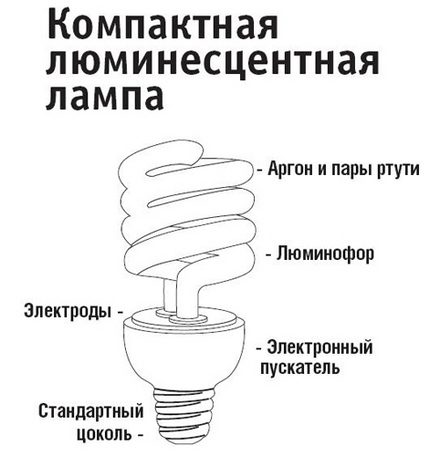
The phosphors used in the production of CFLs are made on the basis of rare-earth elements. They differ from those used in the manufacturing process of linear fluorescent devices.
Their cost is several tens of times higher, but this is justified by the fact that the substances of this group are able to function under conditions of high surface radiation density.
This feature made it possible to significantly reduce the discharge tube in diameter.
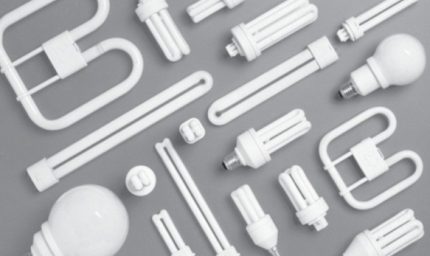
Types of ballasts
Since fluorescent light sources cannot work directly from the network, their design provides an auxiliary device for connecting - built-in or external ballasts.

During the start-up period, the electronic component heats up the electrodes, and then maintains normal current power parameters regardless of surges in the supply voltage.
Lamps with external electromagnetic equipment are called non-integrated. They are equipped with an unusual base, a series-connected throttle and starter.
Varieties of CFL socles
Mini representatives of fluorescent bulbs are equipped with one of two types of socles: pin or threaded.
Threaded plinths marked with the mark "E". This is the most common type of connection, identical to a simple incandescent lamp.
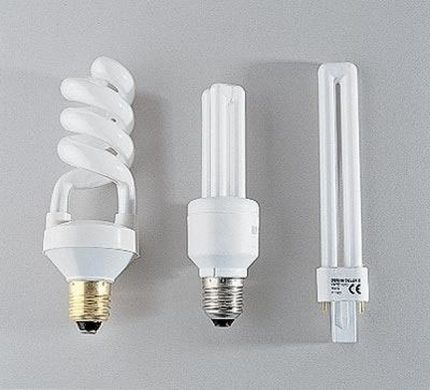
Cap G connect the light bulb to the cartridge according to a special scheme through a system of pins - usually two or four of them. The most popular among them are G23 and G27. Mostly they are screwed into table lamps.
Lamps with a G24 socket are common in industrial premises and retail outlets. For installation in plasterboard and suspended ceiling systems, the G53 base is ideal.
What are the principles of equipment operation
CFLs work by analogy with linear fluorescent bulbs, but on a smaller area. The luminous flask tube is filled with inert gas and mercury vapor. On both sides there are filaments.
The lamp is launched using an electronic ballast, enclosed in a plastic case.
At the time of inclusion in the inner space of the bulb is an electrical discharge. After that, ultraviolet radiation is emitted. The phosphor present on the walls of the tube transforms it into visible rays.
Strengths and weaknesses of products
Like any other light source, small-sized fluorescent bulbs have a number of advantages and disadvantages.
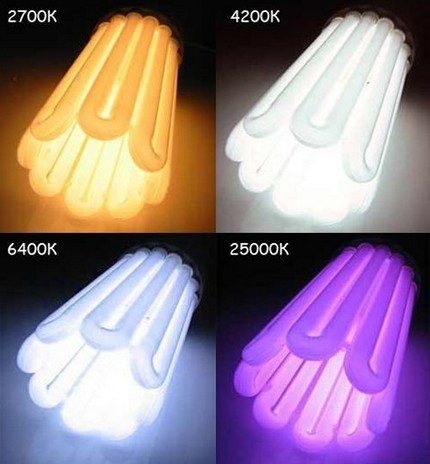
In numerous user reviews of such lighting equipment, many positive nuances are indicated:
- High performance. With equal values of power consumption, the CFL light flux exceeds the parameters of an incandescent bulb by 5-6 times.
- Tangible energy savings. Judging by average estimates, a luminescent light source gives up to 80% of its resources for lighting, and up to 20% for heat. In this regard, the light output of a 20 W device will be similar to a 100 W ordinary lamp.
- Long service life. The duration of stable CFL operation is 6-12 thousand hours. More specific figures depend on the manufacturer, compliance with the operating standards, the frequency of turning the device on / off.
- Low bulb temperature. Light bulbs emit a minimum amount of heat, and therefore they can be screwed into the devices without fear, the instructions of which provide for temperature limits.
Compact lamps provide the correct and powerful light emission. Light rays in them are reflected from the entire surface area of the bulb, illuminating the room brightly and evenly.
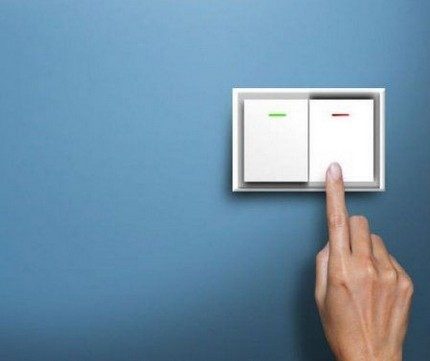
There are also enough shortcomings in devices.
The negative points include:
- Quite a long start. The light comes on after 0.5-1 second after switching on. Some models require time to install a full luminous flux within 10-15 minutes.
- High ripple, noise, flicker for products equipped with an external ballast. This causes rapid fatigue, poorly affects the general well-being of people in the room.
- Flash off. This phenomenon occurs due to a sharp discharge of the capacitor and can shorten the service life.
- Sensitivity to moisture and low temperatures. CFL does not work after temperature readings drop below zero.
It should also be noted that the lamps are not compatible with standard dimmable dimmers. There are separate modifications on the market with a function for regulating brightness values, dimmers connected according to a special scheme.
In case of accidental destruction of light sources, a high probability of chemical infection appears. Severe poisoning can cause mercury vapor contained in the flask.
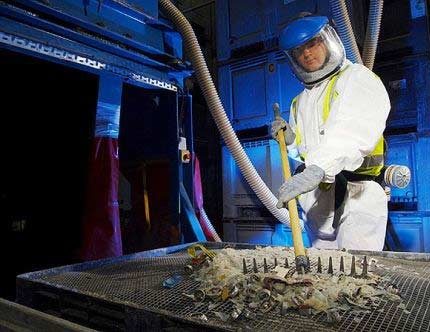
To avoid unpleasant symptoms, you need to quickly collect the crashed flask into a container filled with water, and then thoroughly rinse the floor with potassium permanganate and ventilate the room.
Detailed information on the disposal of fluorescent lamps is provided in this article.
Key Specifications
In addition to a small design difference, CFLs also differ in technical characteristics. To clearly inform the buyer, they are all affixed by the manufacturer on the packaging of the goods.
Among them:
- Colour temperature;
- color rendering index;
- voltage;
- luminous flux and light output;
- life time.
The power of energy-saving mini-bulbs starts at 5 watts. At the same power values with the classic representatives, their light output is about five times higher. Choosing this parameter, you should focus on the equivalent ratio.
For example, a 9-watt housekeeper will correspond to 45 W of an ordinary light bulb, 13 W - 65 W, 22 W - 110 W, 26 W - 130 W.
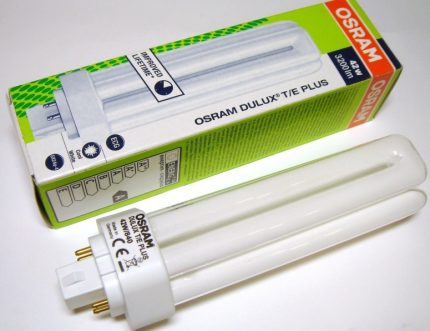
As already mentioned in the list of benefits, CFL covers a wide range of color temperatures. Among the different types of models, everyone can easily choose the right shade for themselves.
The color temperature in luminescent devices is calculated in kelvins (K).The lighting tone is adjusted by changing the composition of the phosphor.
The following color ranges are distinguished:
- 2700-3300 K - soft and warm light with a yellow tint, optimal for kitchen and sleeping rooms;
- 4200-5400 K - white daylight, widely used in hallways and living rooms;
- 6000-6500 K - cold white light rays with a bluish glow, recommended for workrooms, offices.
In various fields, green, red, and lilac compact bulbs with a different temperature range (up to 25000 K) are also used. They participate in the illumination of advertising signs, storefronts, buildings at night.
Correspondence to the level of naturalness of the color of the lamp shows the color rendering index. The maximum value is closest to sunlight - 100 Ra. The minimum represents a dark shade and equals 0 Ra.
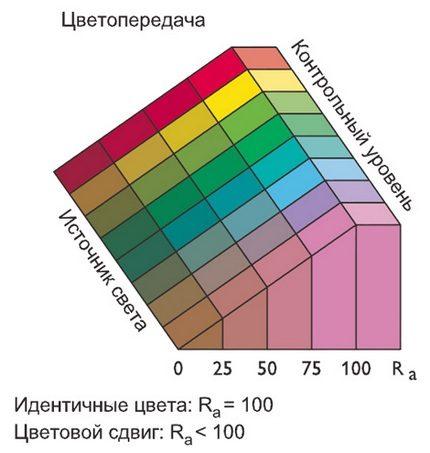
The nominal life of the product, which is written on the package, is the shortest duration of work, subject to all operating rules. The parameter is influenced by many factors.
Power surges, low or high operating temperatures, contamination with debris and dust, frequent on and off can significantly reduce the estimated time.
Rating of popular manufacturers
At choosing energy-saving lamps experts advise not to skimp and purchase exclusively high-quality models of reliable brands that provide a guarantee on their goods. This will guarantee long and stable operation. According to the latest statistics, five firms have become leaders in the ranking of the best CFL manufacturers.
Functional Products General Electric
American-made compact bulbs are available under the ruler Biax. The name implies a multiaxial structure of the structure of devices - a tube folded 2, 4 or 6 times in comparison with a standard element.
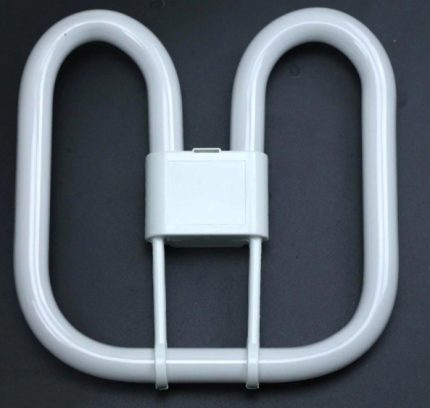
Devices of the brand have power from 5 to 55 watts. They have a high color rendering index - more than 82 Ra. Standard modifications are equipped with two and four conclusions.
The second have the ability to adjust the flow of light rays. The assortment has decorative versions of bulbs made in globally and candle-shaped form.
Special attention deserves the series. Outdoorcovering an extended range of operating temperatures - from -35 ° С to + 65 ° С. The average life of the company's products is 10-12 thousand hours.
Safe and reliable PHILIPS bulbs
A well-known Dutch brand of household appliances makes small energy-saving light bulbs with a minimum mercury content.
According to the manufacturer, thanks to the use of new technology New generation the amount of chemicals in the devices is completely safe for humans. CFL brands have the logo “environmentally friendly”.
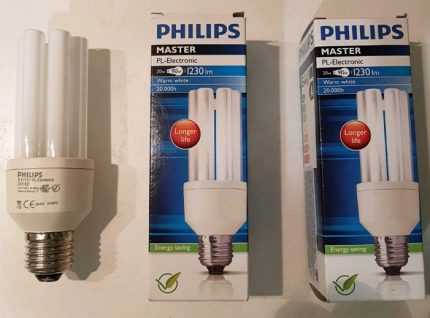
Models of various shapes with a threaded or pin base are presented in series Tornado, Master pl.
The range includes special models designed for professional lighting of shop windows. They emit a sparkling white light and give the product a unique glow.
High-tech OSRAM light sources
The compact energy-saving devices of the German company are offered to customers in a series DULUX. Products quickly reach the nominal light flux, perfectly distribute its power, emit a pleasant, non-blinding light.
The construction of durable plastic with grooves provides increased impact resistance to devices.
In the course of numerous laboratory tests, it was proved that the flicker effect in the devices of the brand is almost absent. The average service life of the modifications made is about 12-15 thousand hours.

The company's assortment includes CFL options for open light sources, decorative design, and the creation of creative lighting design. Models Sensor equipped with a light sensor: they independently turn on in the dark, and turn off in daylight.
Small fluorescent bulbs of the Russian brand with standard base sizes are sold under the series NCL.
Modifications are intended for public, office and residential premises. Dimensions are considered one of the most compact in this class among competitors.
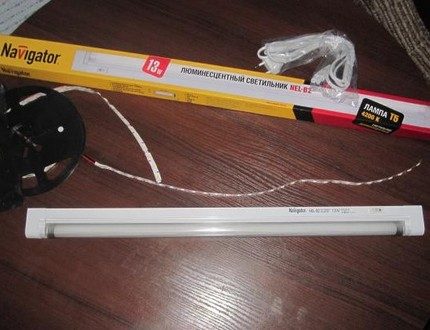
Brand products are produced in various interesting forms: U-shaped with 2, 4, 6 arcs, pear-shaped, spiral and half-spiral, cylindrical, candle-shaped.
The equipment has a good color rendering index (> 82Ra) The devices are designed for a service life of approximately 8-10 thousand hours.
To ensure the correct temperature operating mode for the electronic circuit, it is necessary to leave at least 15 mm of clearance between the plafond of the lighting equipment and the plastic housing of the base.
The manufacturer also warns that energy-saving devices can not be installed in a design with light sensors, time sensors, brightness controllers.
Budgetary devices COSMOS
The products of the Russian company are characterized by silent operation. The devices use electronic ballast that operates at high frequencies that are not perceived by the human ear.
The body of the bulbs is made of special resistant plastic, which over time does not turn yellow from ultraviolet radiation.
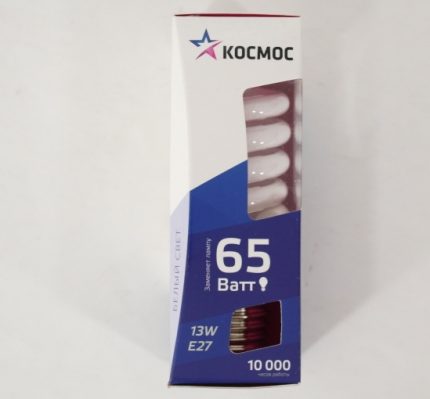
The inner part of the product flask is coated with a tri-phosphor phosphor exhibiting the best color rendering. The light of the lamps does not distort the real shades of objects in the room.
If the activity is up to 2.7 hours per day with a normal frequency of on / off, the devices serve from 8 to 10 thousand hours.
Useful CFL Guidelines
When choosing a compact fluorescent light bulb for the home, you must consider all the criteria that are of fundamental importance. To begin with, it is worth analyzing the main technical parameters in detail.
In addition, experts recommend paying attention to such points:
- It is advisable to buy CFLs only in specialized departments of lighting engineering.
- For each room, you should select the characteristics of the lamp individually. The optimal combination of light flow, color temperature and brightness is determined depending on the specific purpose of the room.
- Before buying, it is important to make sure that the dimensions of the selected bulb correspond to the dimensions of the lamp housing. The edges of the light source extending beyond the ceiling can dazzle.
It is not necessary to change all the light sources in the house to fluorescent devices at the same time. First of all, it is better to take 2-3 lamps with different color temperatures and check whether they cause eye discomfort.
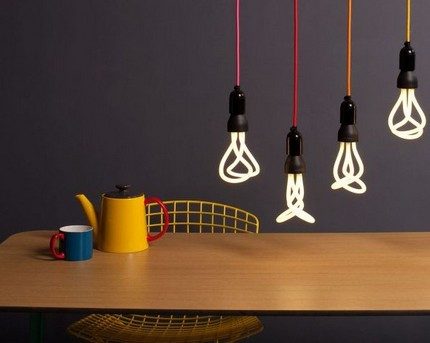
It is important to remember that CFLs are suitable for luminaires that operate at least several hours a day. In rooms where lighting is needed only 5-10 minutes a day, it is impractical to use them.
Conclusions and useful video on the topic
CFL test comparison with conventional incandescent bulbs and LEDs:
What are the principles of fluorescent lamps:
Overview of the technical characteristics of one of the OSRAM models:
Compact fluorescent devices can perform the functions of an additional and main source of indoor or outdoor lighting. Due to their compactness, efficiency and low heating temperature, they will serve as an excellent alternative to halogen devices and incandescent lamps.
Have experience using compact fluorescent tubes? Or want to ask questions on the topic? Please comment on the publication and participate in the discussions. The feedback block is located below.

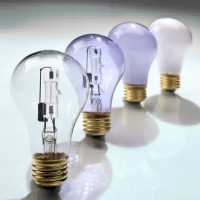 Halogen lamps: device, varieties, nuances of choice + review of the best manufacturers
Halogen lamps: device, varieties, nuances of choice + review of the best manufacturers 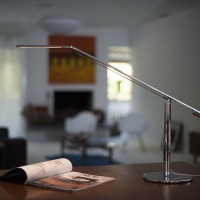 LED table lamps: types, selection rules + review of the best manufacturers
LED table lamps: types, selection rules + review of the best manufacturers 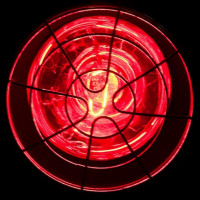 Household infrared lamps: how to choose an IR bulb + a review of the best manufacturers
Household infrared lamps: how to choose an IR bulb + a review of the best manufacturers 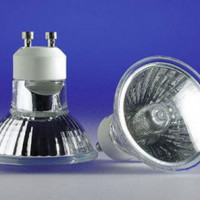 12 Volt Halogen Lamps: Overview, Features + Overview of Leading Manufacturers
12 Volt Halogen Lamps: Overview, Features + Overview of Leading Manufacturers 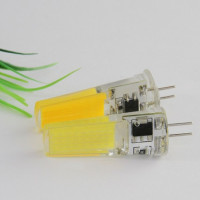 LED bulbs g4 to 12v: features, rules of choice + review of the best manufacturers
LED bulbs g4 to 12v: features, rules of choice + review of the best manufacturers 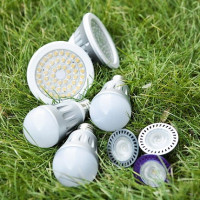 LED lamps for the home: which diode bulbs are better, LED lamp manufacturers overview
LED lamps for the home: which diode bulbs are better, LED lamp manufacturers overview  How much does it cost to connect gas to a private house: the price of organizing gas supply
How much does it cost to connect gas to a private house: the price of organizing gas supply  The best washing machines with dryer: model rating and customer tips
The best washing machines with dryer: model rating and customer tips  What is the color temperature of light and the nuances of choosing the temperature of the lamps to suit your needs
What is the color temperature of light and the nuances of choosing the temperature of the lamps to suit your needs  Replacement of a geyser in an apartment: replacement paperwork + basic norms and requirements
Replacement of a geyser in an apartment: replacement paperwork + basic norms and requirements